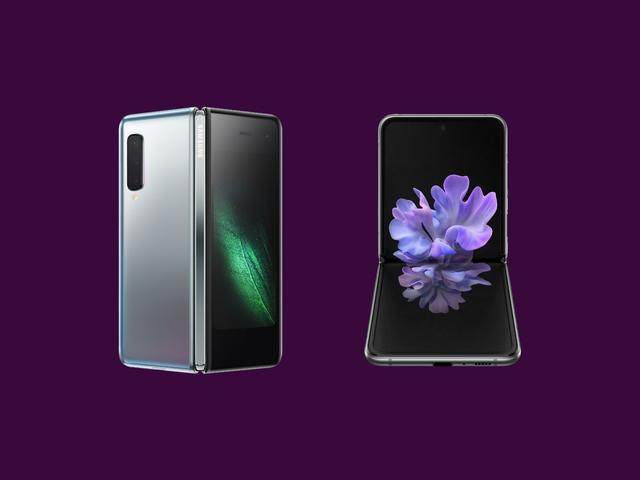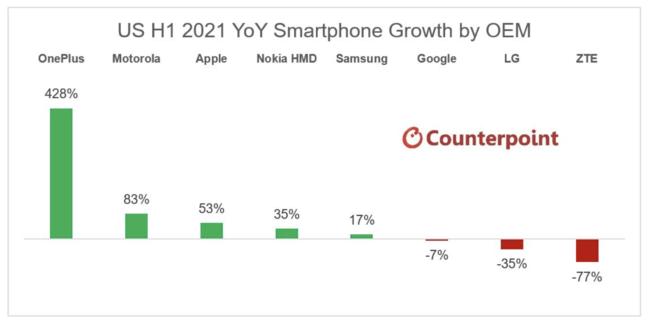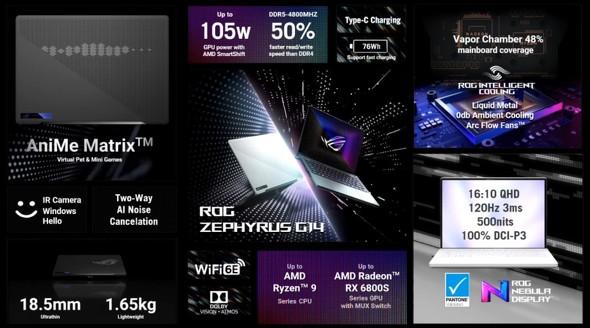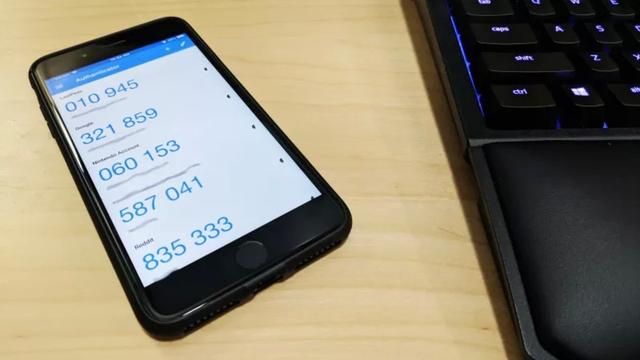Global 5G Trends and 6G Initiatives-Toward a Post-Corona Society About the Protection of Customer Information in the InfoCom Newsletter
Development of 5G services ・ R & D of 6G
According to the GSMA report (The Mobile Economy 2021), 144 5G commercial networks are in operation in 57 countries (as of the end of January 2021) and will be available in Latin America and sub-Saharan Africa in 2020. And now 5G is available in all parts of the world. Although the global 5G deployment was temporarily stagnant due to the influence of the new coronavirus, the demand for communications increased sharply due to lockdown and the demand for non-face-to-face solutions (working from home, distance education, telemedicine, etc.) became apparent. , Future acceleration is expected. In addition, with the deployment of 5G, telecommunications carriers are making progress in tie-ups with major cloud providers and in efforts to open networks (Open RAN) and virtualization.
[Fig. 1] Commercial 5G service development status (Source: GSMA "The Mobile Economy 2021")
On the other hand, regarding Beyond 5G (6G), which is expected to be put into practical use from 2028 to 2030, in addition to research and development in major countries and regions, the government has recently been actively promoting international cooperation. Japan and the United States launched the "Japan-US Competitiveness and Resilience (Core) Partnership" in April 2021 to develop secure networks including 5G and 6G (Beyond 5G), and research and development of cutting-edge ICT. It was jointly agreed to invest a total of US $ 4.5 billion (about 493.6 billion yen * [1] ). In May 2021, the United States and South Korea agreed to lead innovation in new technologies such as 5G, Open RAN, and next-generation networks (6G).
In this paper, based on the April 2020 issue of this magazine, "Global 5G Trends and Initiatives for 6G," the post-corona society will focus on the movements since March 2020, when 5G services started in Japan. An overview of the world's 5G and 6G efforts towards.
5G trends
According to the GSMA report, 5G accounts for only about 4% of all mobile connections in the world today, and 4G accounts for about 60%, but by 2025, 5G will exceed 20% in the United States. , South Korea, China, etc. are expected to increase to about 50%. In India, the world's second-largest mobile market, the government just approved a 5G trial by carriers in May 2021. 5G is used in various industries such as video streaming and cloud gaming in the consumer field, and manufacturing in the corporate field, but it takes advantage of the characteristics of 5G (low latency, slicing, etc.) after the introduction of 5G stand-alone (SA). Expansion of use cases is expected. The status of 5G deployment in major countries / regions is as follows.
usa
T-Mobile US has taken the lead in 5G availability, including announcing the launch of the world's first nationwide 5G SA network in August 2020, and established "5G Open Innovation" with Intel and NASA in May 2020. At Lab, we are working to create 5G use cases in collaboration with start-up companies. Verizon and AT & T emphasize the use of millimeter-wave frequencies, deploy 5G in areas with high communication demand (stadiums, etc.) and MEC (in partnership with major cloud providers (Amazon Web Services (AWS), Microsoft, Google)). Differentiate by providing low-latency services utilizing Multi-access Edge Computing). The two companies also plan to expand coverage using the midband frequencies acquired at recent auctions. Dish, a new entrant, is working with AWS and others to build the first cloud-native Open RAN-based 5G SA network in the United States.

Korea
The "Digital New Deal," announced by South Korea in July 2020 to accelerate the transition to a digital economy, is a smart government that expands the integration of 5G and AI into the industry (digital content, smart factories, etc.) and utilizes 5G and AI. It is aiming to realize the above. In the same month, SK Telecom, KT, and LG Uplus agreed to invest a total of about 25.7 trillion won (about 2.4 trillion yen * [2] ) by 2022 to strengthen 5G infrastructure nationwide. In September 2020, LG Uplus established the "Global XR Content Telco Alliance" to support the production of high-quality AR / VR content based on 5G in collaboration with KDDI and others. SK Telecom announced in November 2020 that it would establish a joint venture with Deutsche Telekom on 5G technology, and in December of the same year, it would launch Korea's first 5G MEC service in collaboration with AWS. It is reported that KT focused on smart factories utilizing 5G and started Korea's first 5G SA commercial service in July 2021.
Europe
According to the European 5G Observatory, as of the end of June 2021, 25 of the 27 European Union (EU) member states and the United Kingdom are providing 5G services. In addition, among the priority bands for 5G (700MHz band, 3.6GHz band, 26GHz band) common in the EU region, the allocation of millimeter wave frequency (26GHz band) is currently limited to some countries. In 2020, the 5G frequency auction was postponed in many countries due to the influence of the pandemic in Europe, but in France, the auction was held five months later, and the 5G service was started sequentially from November 2020. Orange plans to launch nine laboratories in Europe in 2021 with the goal of developing 5G use cases. The European Commission (EC), in its March 2021 Digital Compass (Vision for Successful Digital Transformation in Europe), proposes to cover all densely populated areas with 5G by 2030. ing. The UK Government is leading the Open RAN effort through testbed construction and R & D funding under a 5G supply chain diversification strategy. In addition, Deutsche Telekom, Orange, Telefonica, Vodafone and Telecom Italia (TIM) have announced joint promotion of Open RAN's efforts in the 5G era.
China
According to the Ministry of Industry and Information Technology (MIIT), about 916,000 5G base stations have been built in China so far, taking advantage of large-scale infrastructure sharing among telecommunications carriers. According to the GSMA report, the expansion of 5G networks and the increase in supply of 5G devices in China will add more than 200 million 5G connections in 2020, bringing the global share of 5G connections to 87%. From the beginning, 5G SA network construction has been emphasized in China, and the use of 5G in industry and medical care is advancing. China Unicom, China Mobile, China Telecom, Huawei (China Telecom) In February 2021, in collaboration with Huawei Corporation, we established an open lab for 5G network slicing. In addition, China Unicom is planning a large-scale trial using 5G millimeter waves at the 2022 Beijing Winter Olympics.
Japan
NTT DoCoMo, KDDI and Softbank started 5G commercial services in March 2020, and Rakuten Mobile started 5G commercial services in September 2020 (postponed from June 2020). In the "ICT Infrastructure Regional Development Master Plan 3.0" announced in December 2020, the Ministry of Internal Affairs and Communications has more than 280,000 stations (four times the opening plan) by the end of 2023, taking into account the strengthening of efforts by each telecommunications carrier. The company is aiming to develop a 5G base station. In February 2021, NTT DoCoMo announced that it would collaborate with 12 global vendors on the "5G Open RAN Ecosystem" aimed at expanding Open RAN overseas, while Rakuten Mobile is a fully virtualized cloud that supports 5G. We are expanding the native mobile network platform (RCP) overseas. KDDI is working to create 5G low-latency services in collaboration with AWS, and in June 2021, SoftBank established the "SoftBank 5G Consortium" with the aim of commercializing 5G solutions with participating companies.
Initiatives for 6G
The International Telecommunication Union's Radiocommunication Sector (ITU-R) plans to complete the 6G vision by 2030 and formulate 6G technical requirements through standardization bodies such as 3GPP. In 6G, in addition to the sophistication of 5G characteristics (high speed / large capacity, low delay, multiple simultaneous connections), new functions (ultra-low power consumption, ultra-safety / reliability, autonomy, expandability, etc.) have been added. Research and development is underway in major countries and regions regarding the required and required technologies. In June 2021, Samsung, which chairs the ITU-R's 6G Vision Group, said in collaboration with the University of California, Santa Barbara (UCSB) that it demonstrated a prototype of wireless communication in the terahertz band that is expected to be used in 6G. Announced. The status of efforts toward 6G in major countries / regions is as follows.
usa
In March 2020, the "Secure 5G and Beyond Act of 2020" was established with the aim of ensuring safety in 5G (Beyond 5G). After the inauguration of the Byden administration, there have been movements for 6G-related cooperation with allies (Japan, South Korea, the United Kingdom), and in June 2021, 6G, etc. as part of strengthening cooperation with the United Kingdom based on the "New Atlantic Charter". Has agreed with the United Kingdom to deepen relations in various technical areas, including cooperation on future technology. In October 2020, ATIS (Alliance for Telecommunications Standards) launched the "Next G Alliance," which aims to lead North American mobile technology in 6G. The alliance, which consists of North American carriers, vendors and high-tech companies (Google, Apple, Facebook, Microsoft), began work on the 6G roadmap in March 2021 and in September 2021 such as Northeastern University. In collaboration with, we are planning an international conference "6G Symposium Fall" to discuss 6G in North America.
Korea
In June 2021, the Ministry of Science and ICT announced the "6G R & D Implementation Plan" to become a global leader in 6G technology. The plan focuses on (1) securing major next-generation proprietary technologies, (2) gaining superiority in international standards and patents, and (3) building a 6G research and industrial base, especially in six priority areas. It plans to invest a total of 220 billion won (about 20.9 billion yen * [ 2 ] ) in 10 major strategic technologies (low orbit (LEO) satellites, ultra-precision networks, etc.) by 2025. By 2025, South Korea will work with the US National Science Foundation (NSF), China Institute of Information and Communication Technology (CAICT), Finland's Oulu University, etc., which are conducting research on 6G technology under the initiative of the government. Promote joint research on 6G frequencies.
Europe
As part of the "Horizon Europe" program (Smart Networks and Services), the EC will allocate € 900 million (approximately ¥ 117.1 billion * [3] ) to support 6G R & D by 2027, January 2021. Since then, the first nine projects (about three years) have been started. Among them, EC's 6G flagship initiative "Hexa-X" includes European vendors (Nokia, Ericsson, etc.), telecommunications carriers (Orange, Telefonica, TIM, etc.), research institutes / universities (Oulu University, etc.), etc. Will work together to develop 6G research and development and create use cases that will contribute to the achievement of the SDGs of the United Nations. In the UK, in November 2020, the University of Surrey launched the 6G Innovation Center with a focus on advanced communications engineering. The German government announced in April 2021 that it would fund about 700 million euros (about 91.1 billion yen * [ 3 ] ) for 6G research by 2025.
[Fig. 2] Hexa-X Consortium (Source: Hexa-X homepage)
China
In China, under MIIT, the IMT-2030 (6G) Promotion Group, which includes Chinese telecommunications carriers, vendors, universities and research institutes, has been developing 6G since June 2019. The group released a white paper (6G Vision and Candidate Technologies) in June 2021 that mentions 6G candidate use cases (immersive cloud XR, holographic communications, etc.), 10 6G candidate technologies, and more. .. In November 2020, China launched a 6G test satellite to verify communications using the terahertz frequency. China Unicom and ZTE have agreed in May 2020 to work together for 6G technology development.
Japan
In June 2020, the Ministry of Internal Affairs and Communications announced the "Beyond 5G Promotion Strategy", including R & D strategy (establishing elemental technologies sequentially from around 2025), IP / standardization strategy (Beyond 5G essential patent share of 10% or more), and In December 2020, the "Beyond 5G Promotion Consortium" was established to promote the development strategy (creating added value of 44 trillion yen in 2030) through collaboration between industry, academia and government. The consortium attaches great importance to international collaboration, and in June 2021, signed a memorandum of cooperation on Beyond 5G (6G) with the University of Oulu-led research program "6G Flagship." In addition, the Ministry of Internal Affairs and Communications established a publicly-offered R & D fund (30 billion yen) at the National Institute of Information and Communications Technology (NICT), and established shared facilities and equipment such as test beds (20 billion yen). , Promotes research and development of Beyond 5G through industry-academia-government collaboration.
Expected role for Japan
Following the spread of the new coronavirus infection, the world is once again required to realize a sustainable and resilient society along with the digitization of society. In March 2021, the European Green Digital Coalition was created by 26 ICT companies (Deutsche Telekom, Telefonica, etc.) to support EU green and digital transformation. In addition, at the "World Digital Summit 2021" held in June 2021, the Ministry of Internal Affairs and Communications stated that "digitalization" and "green" were the keys to economic growth during the post-new normal era, and the premise was the development of advanced ICT infrastructure. And states that maintenance is important.
In the "Infrastructure System Overseas Expansion Strategy 2025" (established in December 2020), the Japanese government will expand the results of the practical application of 5G in Japan overseas in order to contribute to the worldwide spread of the 5G network that is the basis of digitalization. At the same time, it will promote the development, technological innovation and social implementation of Beyond 5G as a next-generation technology that is indispensable for solving social issues.
The 2025 "Osaka-Kansai Expo" is positioned by the government as a place to demonstrate new technologies and systems under the concept of "People's Living Lab". We are planning to develop information and communication infrastructure including 5G at the venue, implement advanced services, and experience Japan's cutting-edge technology as a "Beyond 5G ready showcase". I hope that Japan will be the starting point for the post-corona society, where innovative technologies and use cases will be disseminated to the world, which will become a driving force for economic growth and lead to the solution of social issues.

![10th generation Core i5 equipped 9.5h drive mobile notebook is on sale at 50,000 yen level [Cool by Evo Book] 10th generation Core i5 equipped 9.5h drive mobile notebook is on sale at 50,000 yen level [Cool by Evo Book]](https://website-google-hk.oss-cn-hongkong.aliyuncs.com/drawing/article_results_9/2022/3/9/4a18d0792cae58836b71b9f591325261_0.jpeg)





![[Amazon time sale in progress! ] 64GB microSD card of 1,266 yen and wireless earphone with noise canceling function of 52% off, etc. [Amazon time sale in progress! ] 64GB microSD card of 1,266 yen and wireless earphone with noise canceling function of 52% off, etc.](https://website-google-hk.oss-cn-hongkong.aliyuncs.com/drawing/article_results_9/2022/3/9/c88341f90bab7fe3ce1dc78d8bd6b02d_0.jpeg)
